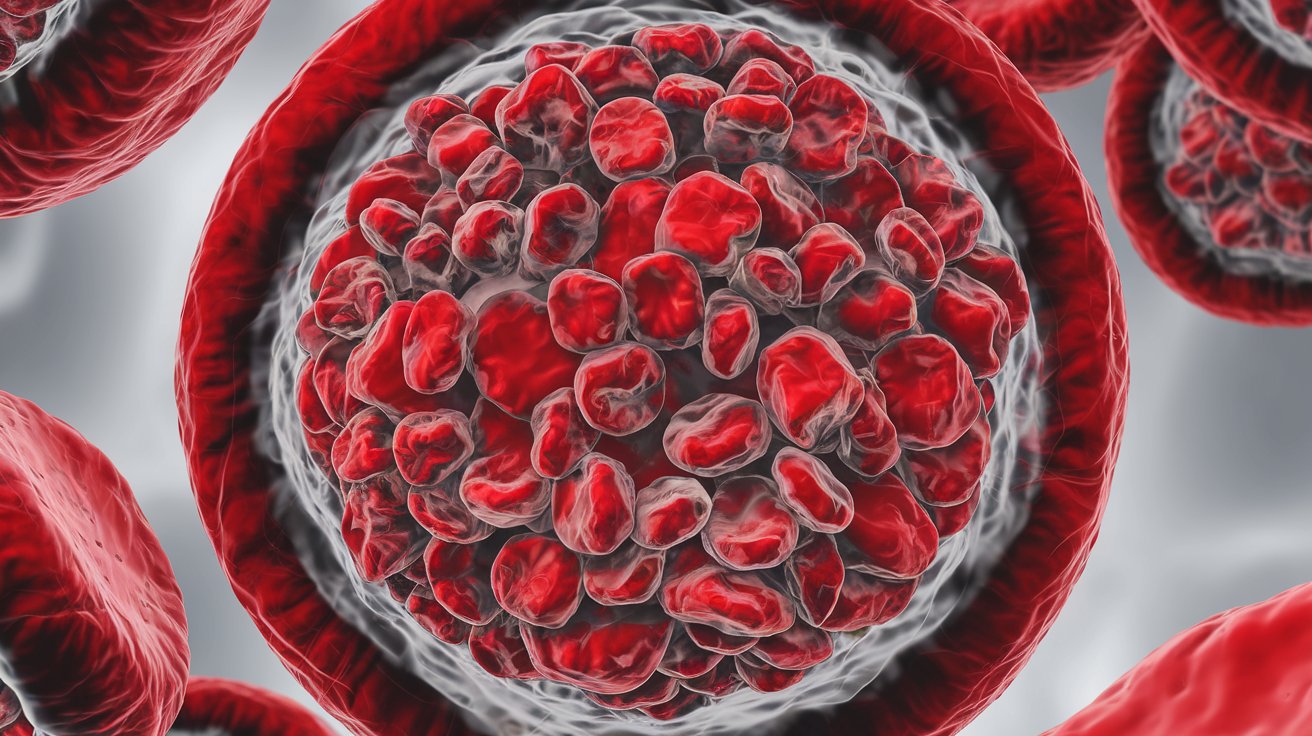
Glyceraldehyde-3-phosphate dehydrogenase deficiency might sound like a mouthful, but understanding it can be quite simple. This rare genetic disorder affects the body's ability to break down glucose, leading to various health issues. Why should you care? Because this enzyme plays a crucial role in glycolysis, the process that provides energy to our cells. Without it, cells struggle to produce energy efficiently, causing symptoms like muscle weakness, fatigue, and even more severe complications. Want to know more? Let's dive into 25 fascinating facts about this enzyme deficiency, shedding light on its causes, symptoms, and potential treatments.
Key Takeaways:
- Glyceraldehyde-3-Phosphate Dehydrogenase Deficiency is a rare genetic disorder affecting energy production in cells, leading to symptoms like fatigue and anemia. Treatment involves blood transfusions and genetic testing for diagnosis.
- Living with Glyceraldehyde-3-Phosphate Dehydrogenase Deficiency requires a balanced diet, regular exercise, and stress management. Support groups and education about the condition are crucial for managing the symptoms effectively.
What is Glyceraldehyde-3-Phosphate Dehydrogenase Deficiency?
Glyceraldehyde-3-phosphate dehydrogenase (GAPDH) deficiency is a rare genetic disorder affecting the enzyme GAPDH, crucial for glycolysis. This enzyme helps convert glucose into energy within cells. Let's dive into some intriguing facts about this condition.
-
GAPDH deficiency is inherited in an autosomal recessive manner. Both parents must carry the defective gene for a child to be affected.
-
The GAPDH gene is located on chromosome 12. Specifically, it is found at the 12p13.31 location.
-
Symptoms can vary widely. Some individuals may experience severe anemia, while others might have mild or no symptoms at all.
-
It is extremely rare. Only a handful of cases have been documented worldwide.
-
GAPDH plays a role beyond glycolysis. It is also involved in DNA repair, apoptosis, and other cellular processes.
Symptoms and Diagnosis
Understanding the symptoms and how GAPDH deficiency is diagnosed can help in managing the condition effectively.
-
Common symptoms include fatigue and jaundice. These result from the breakdown of red blood cells.
-
Hemolytic anemia is a key indicator. This type of anemia occurs when red blood cells are destroyed faster than they can be made.
-
Diagnosis often involves genetic testing. Identifying mutations in the GAPDH gene confirms the condition.
-
Blood tests can reveal low levels of GAPDH enzyme activity. This helps in diagnosing the deficiency.
-
Newborn screening may detect the disorder early. Early diagnosis can lead to better management of symptoms.
Treatment and Management
While there is no cure for GAPDH deficiency, various treatments can help manage the symptoms and improve quality of life.
-
Blood transfusions may be necessary. These help manage severe anemia.
-
Folic acid supplements can be beneficial. They support the production of new red blood cells.
-
Avoiding certain medications is crucial. Some drugs can trigger hemolysis in individuals with GAPDH deficiency.
-
Regular monitoring by a hematologist is recommended. This ensures timely intervention if complications arise.
-
Gene therapy is being explored as a potential treatment. Although still in experimental stages, it offers hope for the future.
Genetic and Molecular Insights
Delving into the genetic and molecular aspects of GAPDH deficiency provides a deeper understanding of the condition.
-
Mutations in the GAPDH gene disrupt enzyme function. These mutations can be missense, nonsense, or frameshift.
-
The enzyme's structure is highly conserved. This means it has remained relatively unchanged throughout evolution.
-
GAPDH is a tetramer. It consists of four identical subunits, each contributing to its function.
-
The enzyme's active site binds to glyceraldehyde-3-phosphate. This is a crucial step in glycolysis.
-
Research is ongoing to understand the full spectrum of mutations. Identifying more mutations can help in better diagnosis and treatment.
Living with GAPDH Deficiency
Living with GAPDH deficiency requires adjustments and awareness to manage the condition effectively.
-
Patients should maintain a balanced diet. Proper nutrition supports overall health and red blood cell production.
-
Regular exercise is beneficial. It helps maintain energy levels and overall well-being.
-
Stress management is important. Stress can exacerbate symptoms, so relaxation techniques can be helpful.
-
Support groups can provide emotional support. Connecting with others facing similar challenges can be comforting.
-
Education about the condition is crucial. Understanding GAPDH deficiency empowers patients and families to make informed decisions.
Final Thoughts on Glyceraldehyde-3-Phosphate Dehydrogenase Deficiency
Glyceraldehyde-3-phosphate dehydrogenase deficiency, though rare, has significant implications for those affected. Understanding its genetic basis helps in early diagnosis and management. Symptoms can range from mild to severe, impacting daily life and overall health. Genetic counseling becomes crucial for families with a history of this condition. Research continues to uncover more about this enzyme's role in cellular metabolism, offering hope for better treatments. Awareness and education about this deficiency can lead to improved patient outcomes. Staying informed and seeking medical advice when symptoms arise ensures timely intervention. This knowledge empowers individuals and healthcare providers to make informed decisions. By spreading awareness, we contribute to a better understanding of this rare condition, ultimately improving the quality of life for those affected.
Frequently Asked Questions
Was this page helpful?
Our commitment to delivering trustworthy and engaging content is at the heart of what we do. Each fact on our site is contributed by real users like you, bringing a wealth of diverse insights and information. To ensure the highest standards of accuracy and reliability, our dedicated editors meticulously review each submission. This process guarantees that the facts we share are not only fascinating but also credible. Trust in our commitment to quality and authenticity as you explore and learn with us.
